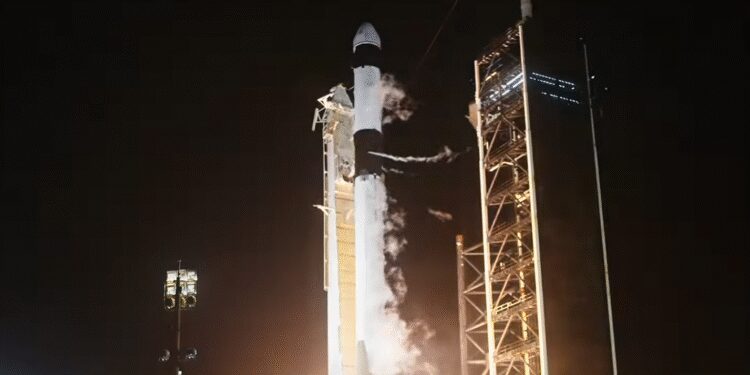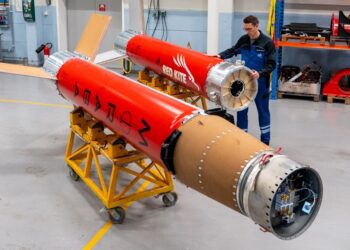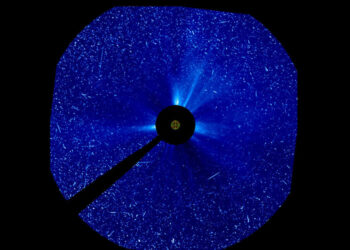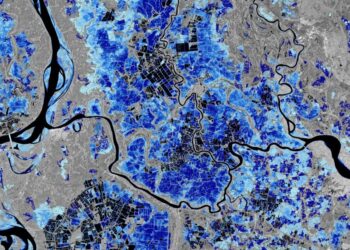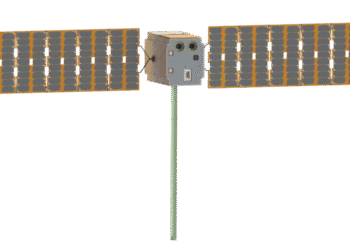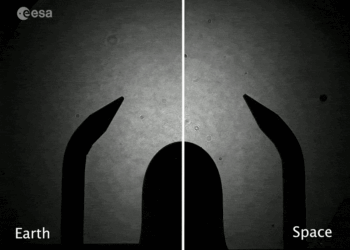NASA’s SpaceX-33 mission has successfully launched, delivering crucial supplies and scientific experiments to the International Space Station (ISS). This mission is notable for its emphasis on innovative research, particularly in the fields of bioprinting and metal printing in space.
Bioprinting in Space
Bioprinting on the ISS aims to take advantage of the microgravity environment to advance medical research. The unique conditions in space allow for the creation of complex tissue structures that can be difficult to replicate on Earth. These efforts are critical as they have the potential to revolutionize organ and tissue regeneration, offering enormous benefits for medical science.
Metal Printing for Space Exploration
The SpaceX-33 mission also focuses on advancing metal printing technology. Metal printing, or additive manufacturing, in the space environment is instrumental in building and repairing spacecraft components. This could significantly enhance the sustainability and efficiency of future missions by allowing for on-site production of parts, reducing dependency on Earth-based supply chains.
Additional Experiments
Besides bioprinting and metal printing, the mission includes several other experiments designed to improve our understanding of long-term space travel’s impacts on the human body and develop technologies for future exploration.
- Experiments on muscle and bone loss in microgravity, which could provide insights into preventing these conditions in astronauts.
- Studies on plant growth and food production in space, crucial for sustaining long-term human missions beyond Earth.
These efforts underline NASA and SpaceX’s commitment to pioneering research that not only benefits space exploration but also has potential applications here on Earth.
For more information, you can visit the official NASA page.


